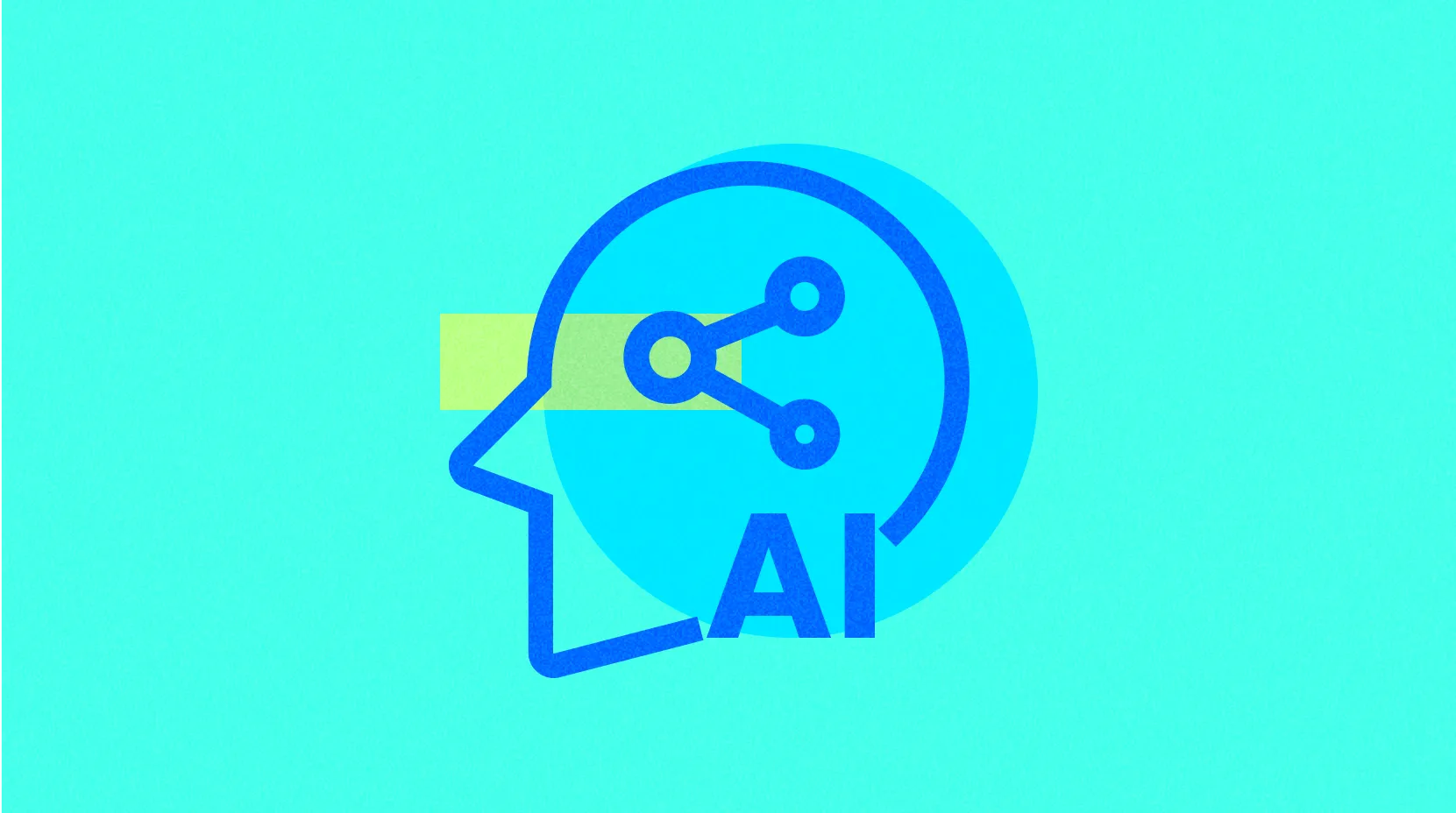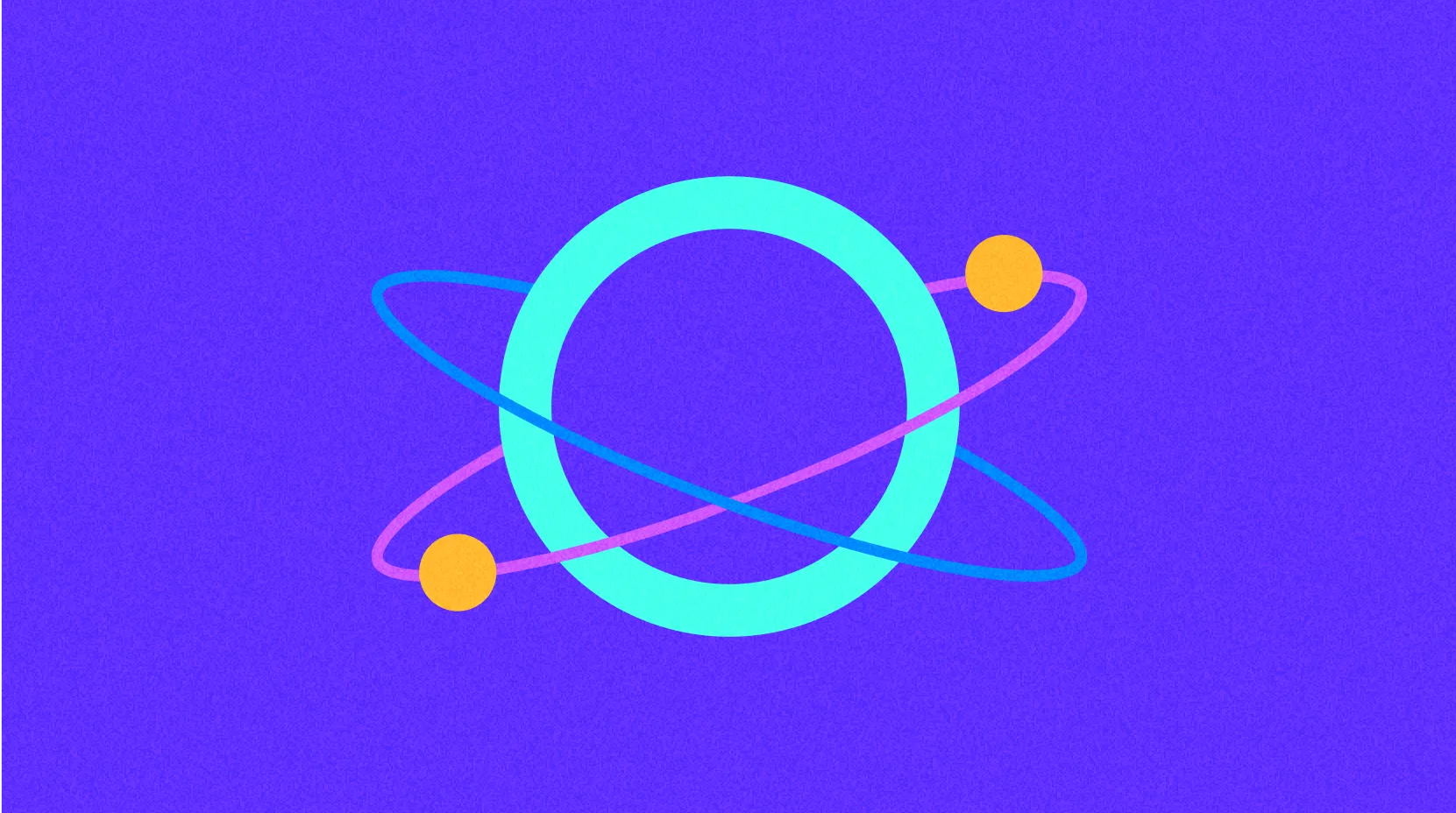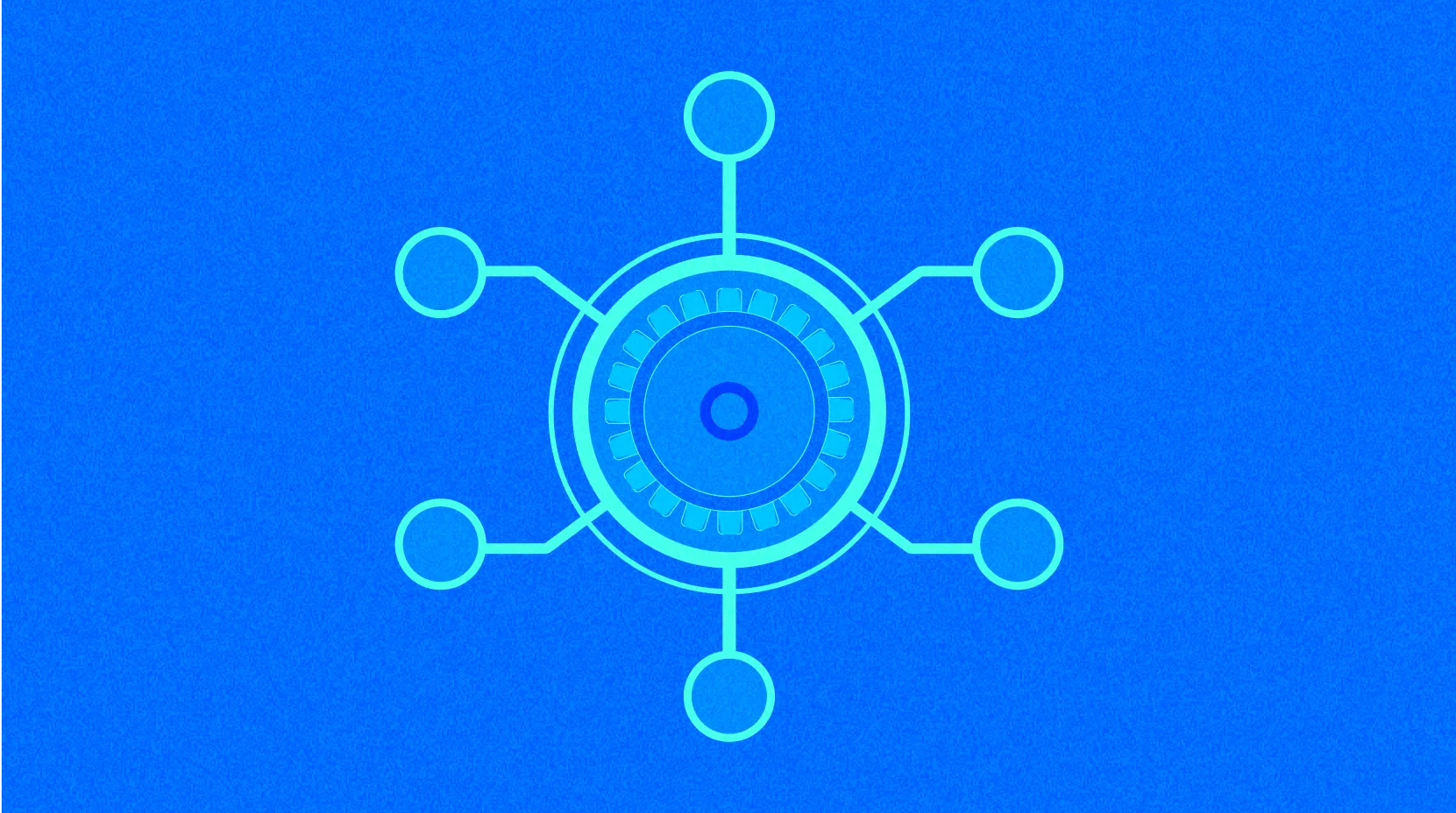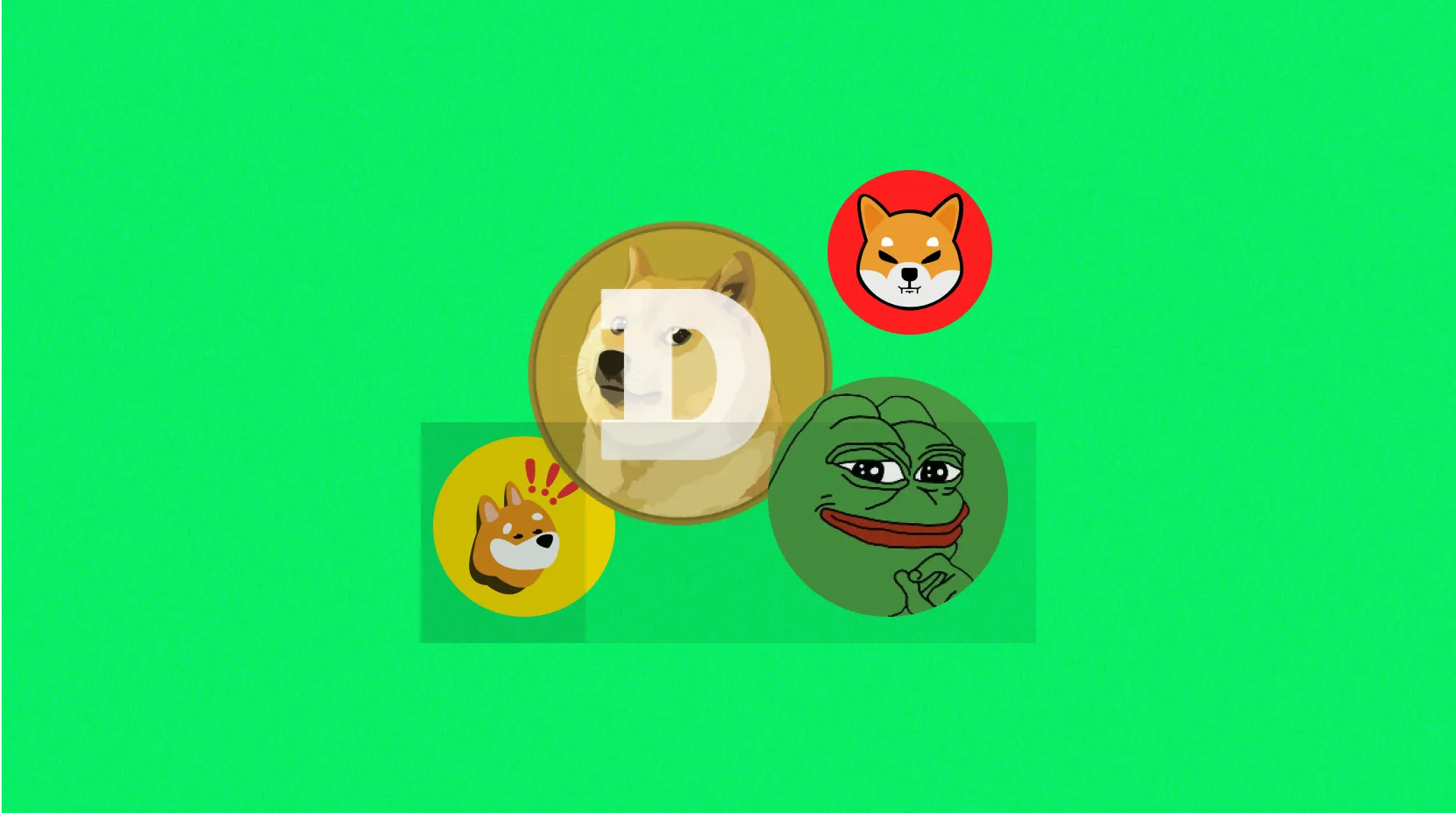SHIB的通缩模型是如何工作的?
4-18-2025, 2:39:34 AM
Shiba Inu
文章评价 : 3.5

0 个评价
Shiba Inu(SHIB)采用了一个通货紴模型,旨在随着时间的推移减少其代币的流通供应。该机制旨在创造稀缺性,从而可能提高代币的价值。以下是关于SHIB通货缩紴模型工作原理的详细解释:

1. 代币销毁
- 机制: SHIB代币定期销毁,从而减少总供应量。这是通过将代币发送到一个“死钱包”来实现的,从这个地址无法检索代币。
- 触发器: 烧伤是由Shiba Inu生态系统内的各种活动触发的。例如,当收集1,000个BONE代币(SHIB生态系统中的另一个代币)作为燃气费时,它们将被转换为SHIB并发送到死钱包。
2. Shibarium的作用
- 第二层扩展解决方案: Shibarium,该项目的Layer-2区块链解决方案,在通缩模型中扮演着至关重要的角色。它从所有支持的链上交易中收取费用,并利用这些费用来销毁SHIB代币。
- 影响: 最近燃烧激增,与Shibarium超过十亿交易同时发生。这一里程碑导致燃烧速度显著增加,在短短24小时内燃烧了超过1.15亿SHIB代币。
3. 社区参与
- 去中心化的努力: 通缩机制是由社区驱动的,主要的SHIB持有者和社区成员积极参与销毁过程。这种去中心化的方法确保社区直接影响代币供应动态。
4. 经济影响
- 稀缺性和价值: 通过系统地减少SHIB代币的供应,该项目旨在创造稀缺性,从而可能导致价值上升。这一策略基于经济学原理,即稀缺性可以推动价格上涨。
- 长期战略: 持续的销毁过程被视为支持长期增长和价格升值的战略工具。它将日常网络活动转化为持续改进代币的价值主张的不懈努力。
5. 跟踪销毁
- SHIB燃烧: Shibburn平台跟踪销毁速度和总SHIB销毁量,实时提供有关从流通中移除了多少代币的数据。这种透明度使社区能够监控通货紧缩的进展。
结论
Shiba Inu的通缩模型是其长期战略的关键组成部分,旨在创造稀缺性并可能提高代币价值。通过诸如代币销毁和Shibarium集成等机制,项目积极减少流通供应量。社区参与和去中心化决策确保通缩过程由用户自身驱动。这种方法不仅支持代币的经济模型,还与更广泛的社区利益保持一致,即希望看到他们持有价值增加。
* 本文章不作为 Gate 提供的投资理财建议或其他任何类型的建议。 投资有风险,入市须谨慎。
相关文章

柴犬币价格和新闻更新:2025年市场分析
Shiba Inu Coin在2025年席卷了加密世界,其价格飙升至$0.00001375。随着投资者寻求最新消息和市场分析,问题出现了:SHIB与其他加密货币相比如何?是什么推动了这一激增?最重要的是,你如何购买Shiba Inu Coin来加入这场兴奋?
4-29-2025, 8:16:50 AM

什么是柴犬币(SHIB)?
柴犬币(SHIB)是一种去中心化加密货币,灵感来自同名热门犬种。柴犬币是由一个化名为"Ryoshi"的匿名开发者于2020年8月创立的。
4-18-2025, 2:30:58 AM

Shiba Inu(SHIB)的价格:2025年的趋势、因素和未来展望
自2020年8月推出以来,柴犬币(SHIB)的价格一直是加密货币爱好者关注的话题。作为建立在以太坊区块链上的基于模因的代币,SHIB已经从一个有趣的实验发展成为一个拥有庞大社区的顶级替代币,通常被称为"Shib Army"。到2025年,柴犬币(SHIB)的价格因其波动性、生态系统发展和投机潜力而继续吸引注意。本文探讨了SHIB价格的当前状态,影响其的关键因素,以及未来这种以狗为主题的代币可能会带来什么。
4-18-2025, 6:33:15 AM

2025年,SHIB的价格与比特币相比如何?
截至2025年,Shiba Inu(SHIB)的交易价格约为0.00001375美元,而比特币(BTC)的交易价格约为28,000美元。这意味着SHIB的价值远低于BTC。
4-29-2025, 8:20:54 AM

Shibarium如何影响SHIB代币价值
Shibarium,柴犬生态系统的Layer-2扩容解决方案,对SHIB代币的价值产生了重大影响。以下是基于最新发展和专家意见的详细分析:
4-18-2025, 2:53:41 AM

猜你喜欢

加密术语基础指南
深入了解专为Web3爱好者及加密货币新手量身打造的加密术语入门指南。涵盖从区块链基础知识到DeFi专业词汇,本权威术语表助您轻松解读数字资产领域的复杂语言。掌握关键术语,识别各类诈骗,拓展加密交易、NFT及去中心化金融中的多元机会。全面提升加密认知,始终走在数字资产行业前沿。
12-14-2025, 2:58:37 PM

深入解读Soulbound Tokens:NFT领域的全新前沿
深入探索Soulbound Tokens的魅力,剖析其对Web3及去中心化社会的深远影响。系统了解SBTs与传统NFT的差异、运作原理及其独特价值。领略Soulbound Tokens在民主化、前沿区块链生态中推动数字身份、凭证验证等革新的可能。前瞻NFT未来,掌握构建透明、可信数字身份的核心工具。
12-14-2025, 2:53:37 PM

深入解析Tendermint区块链技术中的共识机制
深入了解Tendermint共识机制,这一区块链技术中的核心工具。本指南专为Web3开发者和区块链技术爱好者打造,全面解析Tendermint的架构、BFT算法及其在Cosmos生态系统中的关键作用。掌握Tendermint如何助力实现互操作性、扩展性以及安全的去中心化应用开发。对于关注创新共识机制的加密货币投资者而言,这是不可或缺的参考资料。
12-14-2025, 2:51:02 PM

如何购买和管理 Ethereum Name Service 域名
掌握轻松购买和管理 Ethereum Name Service (ENS) 域名的完整方法。本指南专为 Web3 领域的爱好者、投资者和开发者打造,全面解析 ENS 的核心优势、定价机制及注册流程。深入了解 ENS 如何以易读名称简化数字身份,支持去中心化网站,并实现区块链的高效互动。ENS 作为 Web3 生态中构建可扩展、易用去中心化应用的重要基础设施,正在引领行业发展趋势。通过本指南,您将全面掌握 ENS 的关键知识。
12-14-2025, 2:48:28 PM

即将发布的独特NFT项目亮点解析
本文深入解析即将发布的10个具备重大潜力的NFT项目,为投资者提供全面的市场前景和投资机会。这些项目涵盖游戏、房地产、收藏品等多个领域,满足不同兴趣和目标的需求。文章指导读者如何参与投资,通过购买和交易NFT获得收益。结构清晰,逐步介绍每个项目特色及其在NFT市场的战略位置,是探索数字资产投资和收藏的必读指南。关键词强调:NFT项目、游戏、房地产、收藏品、投资机会。
12-14-2025, 2:45:41 PM

2024年即将推出的全新NFT项目概览
文章概述2024年值得关注的十大NFT项目,为读者提供深入的市场洞察和投资指引,适合对数字资产和收藏感兴趣的用户。文章详细探讨了各项目的独特性,如具有游戏、房地产、艺术收藏等多样化的应用场景。通过结构化的项目分析和独立研究建议,提升投资者的决策能力。针对NFT的多领域运用提供丰富见解,以便满足当前对创新和多元投资选择的需求。关键词包括NFT、数字收藏、游戏、投资、生成式人工智能等。
12-14-2025, 2:41:39 PM




